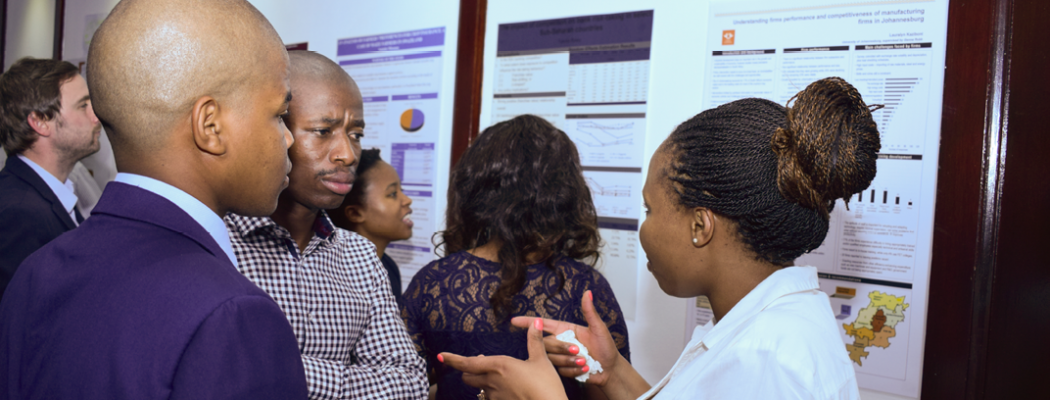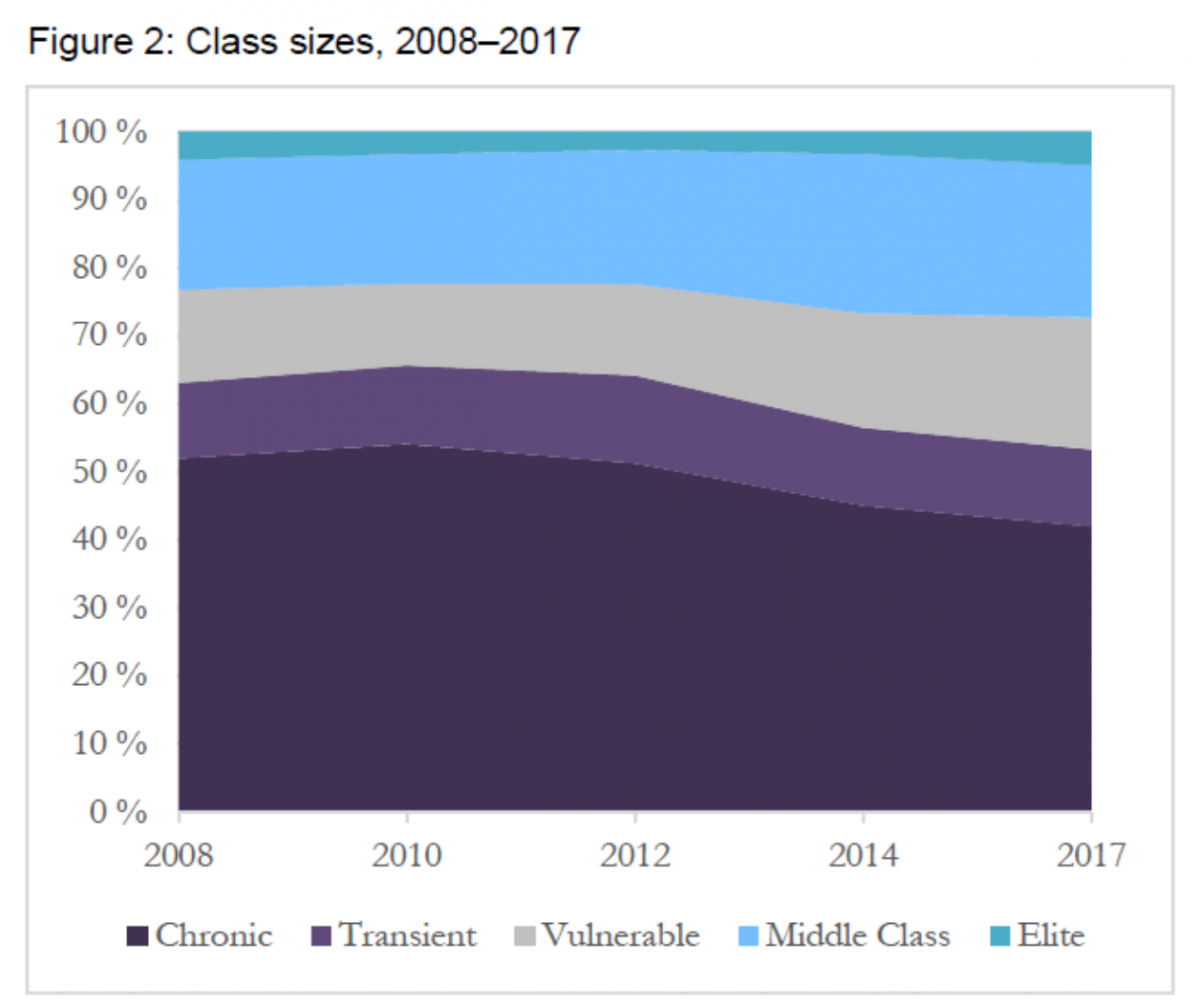SA-TIED researchers featured in special report of the Economist
A study by Simone Schotte, Rocco Zizzamia, and Murray Leibbrandt was cited in The Economist, 25 April 2019 print edition; the article is available online under the title Cyril Ramaphosa faces a daunting task if he wins South Africa’s election. The study cited was first released in the journal World Development entitled ‘A poverty dynamics approach to social stratification: the South Africa case’.
This study has since been updated to include more recent data and provide a broader perspective on poverty dynamics in South Africa. The most recent research from Zizzamia, Schotte, and Leibbrandt was published as an SA-TIED Working Paper under the work stream on Turning the tide on inequality in March 2019.
The work stream is led by co-author Murray Leibbrandt, South Africa’s National Chair on Poverty and Inequality Research, and Catherine Macleod of the National Treasury of the Republic of South Africa.
Simone Schotte is now a Research Associate at UNU-WIDER, and Rocco Zizzamia is a researcher at the South African Labour and Development Research Unit, University of Cape Town. As a part of their research on poverty and inequality in South Africa, Schotte et al. have made ground-breaking work in defining socioeconomic class in contemporary South Africa and describing its evolution over time.
In the World Development article, Schotte et al. divide households into the following classes: the chronically poor, the transient poor, the vulnerable middle class, the stable middle class, and the elite.
In their latest paper, Snakes and ladders and loaded dice: Poverty dynamics and inequality in South Africa, 2008-2017, they update the empirical findings to include the most recent data from the National Income Dynamics Survey. As of 2017, only 22.4% of South Africans are in the stable middle class, whereas 19.4% are in the vulnerable middle class, a number that has risen considerably from its 2008 mark of 13.6%.
Importantly, they find that it is common for middle-class households to escape poverty only to slide back into poverty later. For example, 55% of all South African households lived in poverty in 2017, but fully 85.3% of South African households lived in poverty at some point between 2008–17.
As The Economist Special Report points out, their research:
… claims that the decisive factor in being middle class or not is whether someone in your household has a job. Roughly one quarter of the country has a rich world standard of living. The other three-quarters are struggling.
South Africa is often ranked as having the highest level of income inequality in the world. The SA-TIED work stream on inequality continues its work on producing high-quality research to inform effective, evidence-based policy.
Schotte says, ‘Our work shows that casual and precarious forms of work do little to reduce poverty risks, while access to stable labour market income is a key prerequisite for households to achieve economic stability.’


